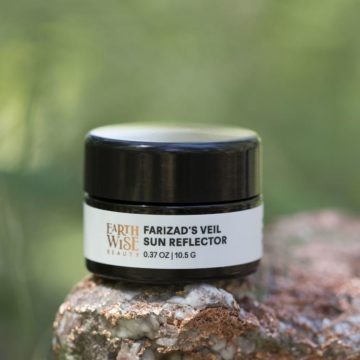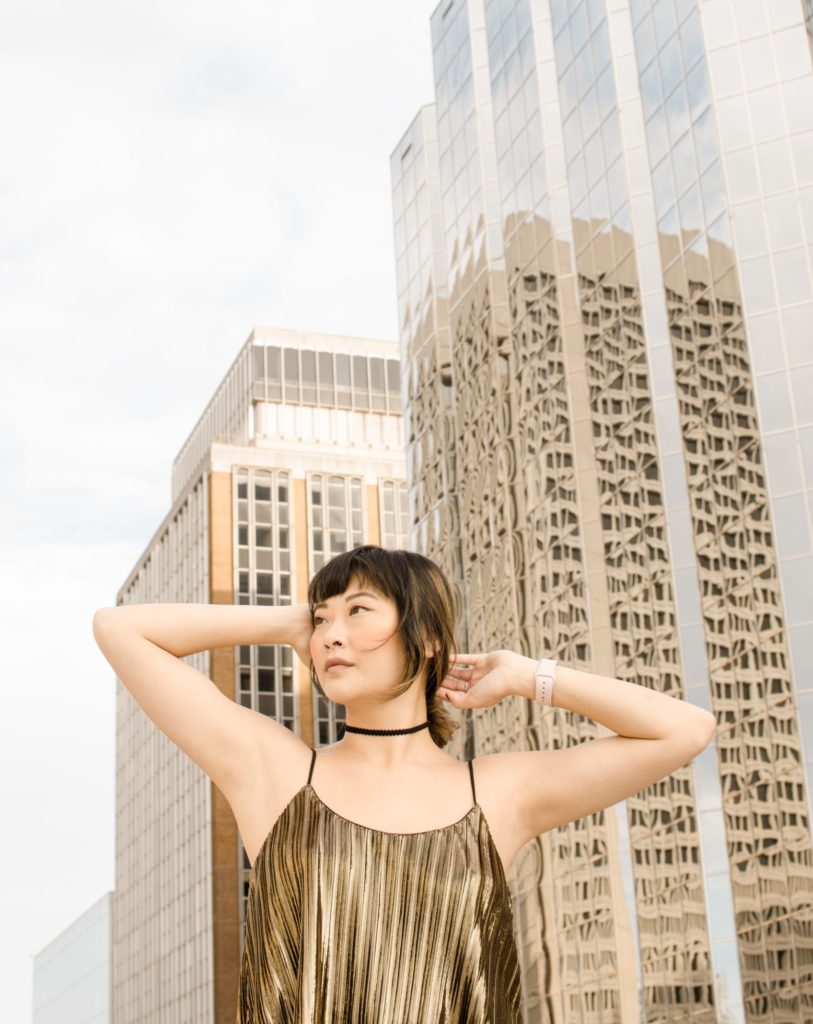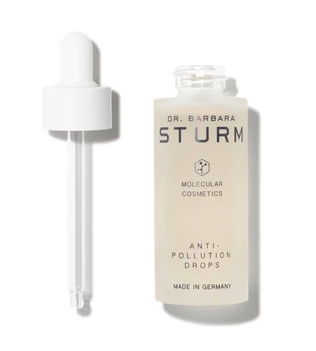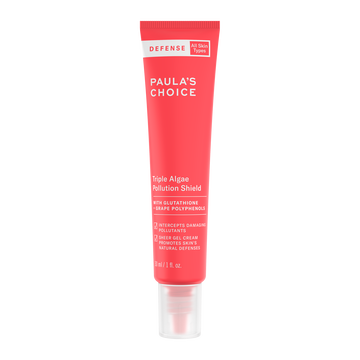A little more than a year ago, I moved back to Portland, Oregon after living for about a decade in NYC. Something I noticed within a few months was how much less reactive, hydrated, even-toned, and overall rejuvenated my skin became. I hadn’t changed my skincare much, so the biggest difference was in a) the change in my lifestyle and 2) the change in my environment. Previously, I could feel pollution particles (from exhaust, cigarette smoke) coating my skin any time I stepped outside, especially during summer. I’d then sit in air-conditioned, electronics-filled office all day, toasting my skin in blue light.
It turns out that air pollution + blue-light pollution is the ideal formula for environmentally stressing the heck out of your skin. There’s a plethora of studies to back this up: a 2010 study found that city-dwelling women experience a 22% higher levels of wrinkles and hyperpigmentation than their country-dwelling counterparts. Air pollution increases rates of acne, atopic dermatitis, and eczema. And this isn’t just a price you have to pay to live in a “glamorous” city like New York or London: according to the WHO, 91% of the world population lives in places where the recommended minimum air quality level isn’t met.
It’s terrifying to imagine what this is doing to our health—but to our skin, too?! Now it just feels personal. Women are understandably freaked out about this, and the beauty industry has responded by rolling out countless new anti-pollution skincare items in the past few years. These products tend to be expensive, and you might not be inclined to add an extra step if you’re a beauty minimalist. So let’s take a look at how they actually work.
Pollution particles are essentially positive ions—particulate matter, mold, household toxins, and electronics like computers and phones all emit positively charged molecules. When positive ions attach themselves to your skin, they try to steal an electron, which causes oxidative stress. Anti-pollution skincare primarily works by delivering antioxidants, which then give up their own electrons to neutralize the reaction—and letting a protein, gene, or cell membrane escape the damage. So if you take care to replenish your skin with antioxidants before and after pollution exposure, you should be fine without a specific anti-pollution product.
DIY Anti-Pollution Serum Ideas
Chances are, you already have one or more of these hanging out on your vanity. Make your own anti-pollution cocktail and apply liberally. Oxidative effect of pollutants are exacerbated by UV damage, so be sure to apply sunscreen afterwards (if you don’t mix in zinc oxide).
Any Vitamin C and/or E serum you already own
C is an antioxidant superstar that is prized for its brightening property, but it also neutralizes free radicals from doing damage to your skin. Vitamin E works much the same way while nourishing your skin.
Zinc oxide
A natural mineral layer creates a physical barrier against UV light (another oxidative stressor), blue light, and particulate matter. Zinc is also an anti-inflammatory and helps heal injured tissue. I recommend mixing zinc oxide powder into your anti-pollution blend even when you plan on being indoors all day, so you get shielded from blue light.
 Farizad’s Veil Zinc Oxide power, $38 (10% off with our own promo code!) is my go-to—haven’t gone a day without it for years!
Farizad’s Veil Zinc Oxide power, $38 (10% off with our own promo code!) is my go-to—haven’t gone a day without it for years!
Green tea
Brew a cup of strong green tea and cool in the fridge. Pour into an empty facial mist bottle, and you have an instant, powerful antioxidant spray to counteract pollution damage throughout the day. I also love how zero-waste and low-maintenance this is.
Niacinamide serum
Like others in the vitamin B family, niacinamide restores skin’s protective barrier while hydrating and plumping.
Algae
I’ve used Osea’s Brightening Serum (organic algae) and am currently using Cocokind Glow Essence and Vitamin C Serum (3 kinds of algae: sea grape caviar, sea buckthorn, and blue algae). (I preferred Cocokind, just fyi.) For me, algae worked better than so many other hyped up ingredients (including retinol—sorry, it never really did it for me!). Indeed, seaweeds are used to draw out heavy metal ions and for environmental cleanups.
If DIY is not really your thing, it might be worth investing in an anti-pollution product. I’ve found that skincare helps me put my best face forward and deal with the world in a calmer frame of mind. It’s an investment that keeps giving back!
Anti-Pollution Products if DIY isn’t your forte
Chantecaille Anti-Pollution Finishing Essence, $125
I’m a big fan of Chantecaille products, and this one promises to “provide an instant shield against urban pollution, smog, and heavy metals” with desert cactus yeast extract, white tea extract, and raspberry stem cells. 99% natural, cruelty-free, vegan.
The star ingredient in this cult-favorite product is marine microbe extract harvested from French Polynesia.
Paula’s Choice Triple Algae Pollution Shield, $26.35
One of Creative Director Mary’s favorite brands of all time, Paula’s Choice delivers high-end results for a fraction of the cost. This formula contains green, red, and brown algae to create a hydrating shield.
Do you use an anti-pollution serum?
Get more like this—Sign up for our daily inspirational newsletter for exclusive content!
__
Photo: Lindsay Martin via Unsplash; respective brands








